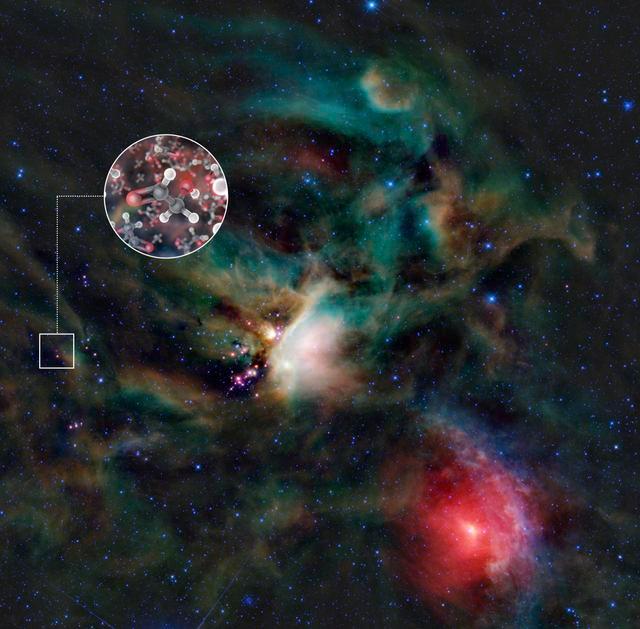Inaugurated on 13th March, the Atacama Large Millimetre Array (ALMA) radio telescope located in the Andes in Northern Chile has taken a decade to build, costing $1.4 billion. The array consists of 66 antennas lined up to gaze towards the heavens in unison, the equivalent of a 10 mile wide telescope. ALMA, meaning “soul” in Spanish, will be fully operational by October.
What is it used for?
ALMA will be primarily used for studying the formation of the first stars and galaxies billions of years ago. It will observe the formation process of developing planets and still-forming stars. In addition, ALMA will allow scientists to learn in detail about the complex chemistry of the giant clouds of gas and dust that spawn stars and planetary systems.
Other specialties include mapping gas and dust in the Milky Way and other galaxies, analyzing gas from an erupting volcano on Jupiter’s moon, Io and studying origin of the solar wind.
How does ALMA work?
“A signal from the sky captured by two or more antennas are combined, analyzed, and thus information about its source (whether a star, a planet, or a galaxy) is obtained. By combining the radio waves collected by several antennas, it is possible to construct images. Such images are comparable to those that would be obtained with an hypothetical giant telescope or antenna, 14,000 meters in diameter. Since constructing and operating an antenna that size is technically impossible (at least with current technologies), constructing several small antennas and using them combining their output is far more feasible.”
“To operate properly, ALMA must have its 66 antennas and electronics working in perfect synchrony, with a precision of one millionth of a millionth of a second.” (www.almaobservatory.org)
Location
At an altitude of 5,100 meters (16,400 feet) above sea level, the Chajnantor plateau is uninhabitable. Engineers carrying oxygen cylinders visit the observatory from base stations. Chile is the one of the most suitable places for hosting ground-based observatories on Earth. This plateau was selected for its dryness, altitude and flat land. If there were water droplets in the atmosphere, it could distort radio signals coming to the telescope and degrade quality of the observations. Beside, the southern sky has many unique objects like the center of the galaxy, large and small Magellanic Clouds. The other-worldly atmosphere over here has been used to shoot Mars scenes in movies.
An international collaborative effort of institutions in Europe, North America and East Asia and Chile. The Joint ALMA Observatory (JAO) provides the unified leadership and management of the construction, commissioning and operation of ALMA. Observation time will be divided and allocated to the parties invested in the project.
Observations and Research Findings
From a recent observation, astronomers are greatly excited about discovering glycolaldehyde, a form of sugar, in the gas surrounding a young star. Glycolaldehyde is one of the building blocks of ribonucleic acid (RNA), which in turn is one of the foundations of life.
Astronomers have also found that active periods of star formations happened 12 billion years ago, one billion year earlier than previous estimates, two billion years after the universe was created.
Star births are thought to have occurred from converting vast reservoirs of cosmic gas and dust in galaxies. By looking far into space, at galaxies so distant that their light has taken many billions of years to reach us, astronomers can observe this busy period in the universe’s youth.
“The more distant the galaxy, the further back in time one is looking, so by measuring their distances, we can piece together a timeline of how vigorously the universe was making new stars at different stages of its 13.7-billion-year history,” said Joaquin Vieira from the California Institute of Technology in Pasadena to astronomy.com.
Unlike optical or infrared telescopes, ALMA can capture the faint glow and gas present in the formation of the first stars, galaxies and planets.
“It is a revolution in the history of the universe in the realm of millimetric and submillimetric waves, which can look through clouds of dust and focus on the formation of stars themselves,” said Thijs De Graauw, the facility director to AFP. “Telescopes cannot see what is happening inside these clouds. With ALMA, we can. And that is like opening a new window.”
The Epoch Times publishes in 35 countries and in 21 languages. Subscribe to our e-newsletter.





